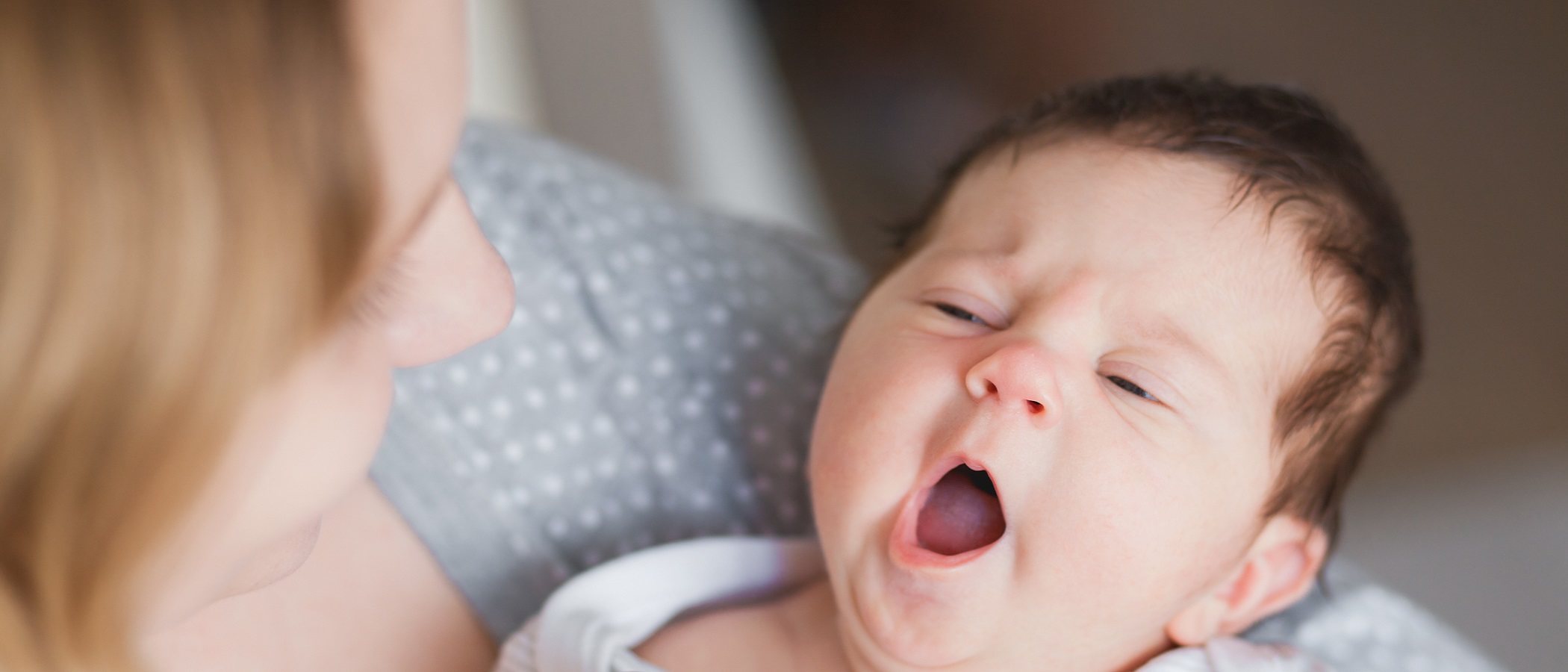
En esta revisión se resumen las manifestaciones clínicas, el abordaje diagnóstico y las diversas etiologías subyacentes a las contracturas articulares múltiples en el feto, haciendo hincapié en el espectro cada vez mayor de enfermedades genéticas específicamente en el campo neuromuscular. Los avances experimentados en las imágenes prenatales y las nuevas herramientas de genética molecular han permitido alcanzar un diagnóstico etiológico en un número cada vez mayor de pacientes, otorgar un mejor asesoramiento genético a la familia así como preparar las condiciones de tratamiento más favorables para el recién nacido. Normal fetal movements are essential to skeletal development. Any restriction to normal movement on the developing fetus, either by intrinsic or extrinsic factors, ie disorders of motor neuron, muscle, central nervous system, connective tissue, uterine ambiance, exogenous toxics, will affect the fetus. At the most severe end, the fetal akinesia deformation sequence (FADS) occurs with highly abnormal or absent fetal movement while a substantial reduction in fetal movement can lead to multiple arthrogryposis. In this review we summarized the diverse etiologies underlying FADS and arthrogryposis, emphasizing the ever-expanding spectrum of genetic conditions specifically on neuromuscular field. Even if there is still almost half of time, uncertainty about the final etiology, the progress on prenatal fetal imaging and molecular genetic tools, will allow to give a better genetic counseling to the family and prepare the most favorable treatment conditions for the upcoming newborn.Fetal movements refer to the muscular movements of the developing baby inside the mother's womb. These may be either reflex movements or elicited in response to noise or touch, at first. Types of fetal movementĪll fetal movements are not alike.

At first the mother may feel fluttering movements, which later turn to stronger kicks, and then she notices the baby squirming, rolling or wriggling. Thus fetal movements are classified as:īefore 9 weeks, all the limbs move together, as the nerves are still developing.
#Por que le da hipo a los recien nacidos skin
The embryo arches its head and back.Īt 9 weeks yawns and stretches are visible on ultrasound.Īt 10 weeks from fertilization, you may see the limbs moving separately, and startle movements.Īt 11 weeks the baby can open its mouth and suck its fingers.īy 12 weeks, it is possible to watch the baby swallowing amniotic fluid.īy 13 weeks, the baby vigorously moves arms and legs, in kicks and jabs, and can also respond to skin touch.Īt the 14th – 20th week, a great event called quickening occurs. This is the first perception of fetal movement by the mother.

Usually felt around 18-20 weeks in first pregnancies, it can be as early as 14 weeks in later pregnancies due to the increased sensitivity of the more relaxed abdominal muscles.įrom the 20th - 36 weeks, all types of fetal movements are felt – weak, strong and rolling movements. Tha baby moves all the joints and the spine, ensuring proper joint development. The pattern of movement changes, with weak movements becoming gradually reduced over time, while strong and rolling movements become more frequent.īy 28 weeks, all babies show the startle reflex.

Here the baby brings both arms and legs towards the chest when suddenly startled by a loud noise, sudden movement or sensation of falling. In the third trimester, the baby shows a bicycling movement of both feet, called stepping. This is important in helping to turn the baby upside down for a normal delivery. By this time, the movements are somewhat restricted by the confined space available to the now larger fetus.

Pattern of fetal activityįetal movements are not constant throughout pregnancy. From the 20th to the 36th or 37th week, there are mostly weak movements at first. These reduce progressively, but the strong and rolling movements increase.
#Por que le da hipo a los recien nacidos full
From the 36th or 37th week to full term, these strong and rolling movements reduce again, while weak movements increase. Rhythms of fetal activityįetal movements have their own time-of-day and sleep-activity rhythm. The fetus is often most active between the hours of 9 am and 2 pm, and 7 pm to 4 am. In the last month or so of pregnancy, the baby kicks most during light sleep. Sometimes the fetus moves less during its sleep cycles. Each cycle lasts 20-40 minutes overall, but may go up to 90 minutes. Fetal rest-activity cycles do not synchronize with the mother's.


 0 kommentar(er)
0 kommentar(er)
